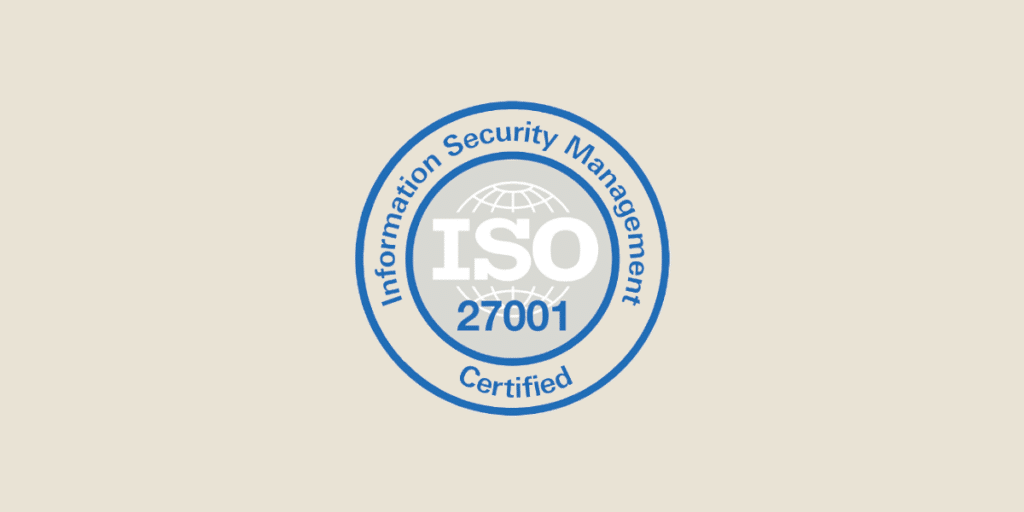A definitive guide to information security, the ISO 27001 standard lays out a blueprint for instituting an information security management system. What are the standard’s stipulations? What’s the value in certification? Uncover the insights.
The ISO 27001 certification
ISO 27001 represents the global benchmark for cybersecurity. It delivers a framework that aids entities of all varieties (private corporations, governmental bodies, non-profits, etc.) in safeguarding their digital assets. Companies are thus motivated to craft an information security management system (ISMS) aligned with the processes, procedures, and coverage of the ISO directive. In undertaking this, they bolster defenses against myriad information security dangers (loss, theft, corruption, intrusion, calamity, etc.).
Initially issued in October 2005, the ISO/IEC 27001 standard has been periodically updated (2013 and 2022). The most recent 2022 iteration introduces enhancements, particularly in the realms of cyberattack prevention, detection, response, and data preservation (in alignment with the NIST Cybersecurity Framework).
The ISO 27001 standard
The ISO 27001 schema is broken into 10 chapters. The initial trio focus on the introduction, applicability scope, and terminological definitions. Here, we will delve into the subsequent seven:
Worth noting: to gain ISO 27001 certification, entities must adhere to the standard’s stipulations, denoted by the mandate “the organization SHALL”. Conversely, the term “should” denotes recommendations for application.
1 - Organizational Context
This establishes the broad outline of the security management system.
Per ISO 27001 guidelines, the organization is required to:
- Assess the internal and external elements that might impact its ISMS, akin to a SWOT analysis, wherein strengths, weaknesses, opportunities, and threats are identified.
- Recognize stakeholders involved in the information system’s security (including partners, clients, and prospects).
- Specify the ISMS’s extent, mentioning the pertinent sites, infrastructure, services, and processes.
2 - Leadership

The aim here is to endorse and propagate the ISMS’s rollout via several strategems, for instance:
- Enunciating the enterprise’s security doctrine;
- Nominating an ISMS overseer;
- Promoting cybersecurity awareness amongst employees;
- Facilitating the establishment of security protocols;
- Handling IT hazards.
This segment primarily targets the executive cadre, emphasizing their leadership responsibility.
3 - Planning
The crucible of this chapter is the pinpointing of cyber perils and their countermeasures. Specifically, an organization should:
- Enumerate its information assets: assigning a confidentiality and sensitivity rating to each.
- Evaluate security-related risks: considering the danger’s severity, data’s sensitivity, urgency, execution feasibility, etc.
- Outline risk mitigation tactics: these are security endeavors aimed at risk alleviation.
- Set security goals: ventures must craft a mitigation schema to meet these objectives and gauge its success.
4 - Support
Organizations must allocate the requisite resources to underpin the ISMS’s functionality. This encompasses:
- Documenting the ISGC;
- Overseeing documents and records;
- Managing modifications;
- Securing the proficiency of those partaking in the ISMS (CISO, web developers, network overseers, etc.);
- Engaging and enlightening colleagues;
- Procuring necessary apparatus (software, hardware, hosting solutions, cloud services, etc.).
5 - Operation
This involves the actualization of the previously devised remedial plan from stage 3. In accordance with ISO 27001, the entity must:
- Apply operational security protocols;
- Survey alterations to the strategy and its repercussions;
- Administer information security incidents;
- Perpetually refine the ISMS.
6 - Performance Evaluation

This pertains to the scrutiny of the remedial strategy. The objective is to appraise its effectiveness before enhancement. To this end, entities must:
- Deploy metrics to measure ISMS outcomes;
- Monitor these performance indicators;
- Execute internal ISMS audits;
- Verify adherence to the standard’s precepts.
7 - Continuous Improvement
The concluding portion of the ISO 27001 standard accentuates perpetual refinement. Given the ever-evolving landscape of information security, organizations are pressed to instigate processes that ceaselessly advance the ISMS, entailing relentless tech surveillance to unearth emerging threats and cybersecurity methodologies.
Beyond these tenets, the ISO 27001 standard features an Annex A, cataloging recommended infosec controls.
The advantages of ISO 27001 accreditation
With cyber threats on a relentless upswing, ISO 27001 certification stands out as a bulwark. Through its structured information security management edifice, it disseminates prime practices for data defense.
Apart from bolstered safeguarding, certification likewise elevates a company’s reputation amongst its stakeholders. Clients, affiliates, and vendors gain heightened assurance when engaging with an organization that has instituted an ISMS.
Thus underscores the significance of pursuing ISO 27001 certification. Eager to get ready for it? Start with DataScientest.










